When Twin Peaks first hit screens in 1990, it brought something entirely unique to television. Created by the visionary David Lynch, the show quickly became a cultural phenomenon, captivating audiences with its amazing characters and eerie small-town mysteries. Even decades later, Twin Peaks remains a timeless masterpiece. This show draws in new fans daily.
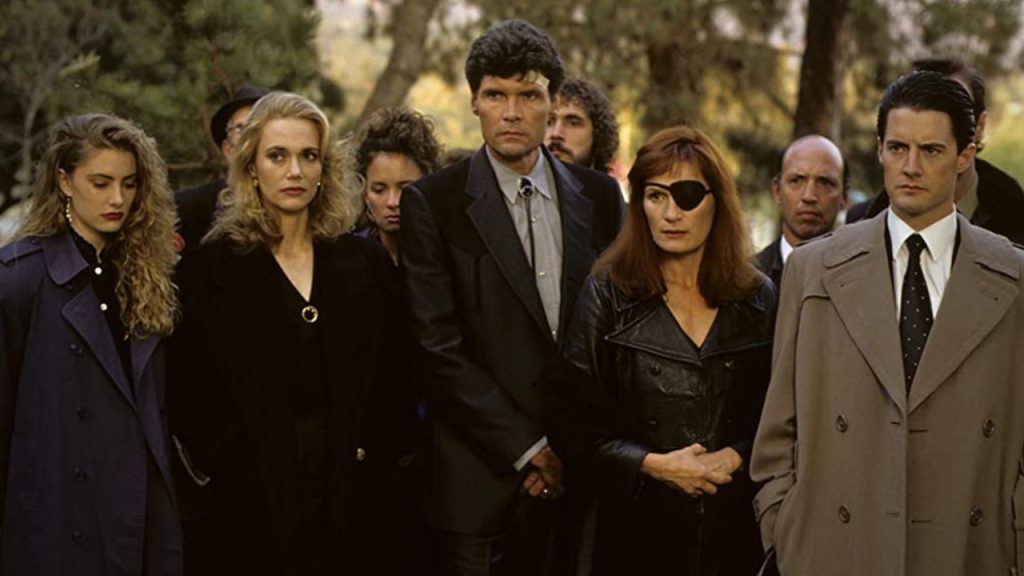 Twin Peaks | Credit: ABC
Twin Peaks | Credit: ABCDespite its huge popularity, you might be curious about why the show was canceled. Unfortunately, for a variety of reasons, much to the disappointment of its fans, the show’s journey came to an unexpected end.
Twin Peaks was a hit
When Twin Peaks premiered, it was an instant sensation. The two-hour pilot alone drew an impressive 34.6 million viewers, becoming the highest-rated episode of any TV show during the 1989-1990 season. The excitement carried over to the first regular one-hour episode, which secured ABC’s best ratings in that time slot in four years, with 23.2 million viewers tuning in.
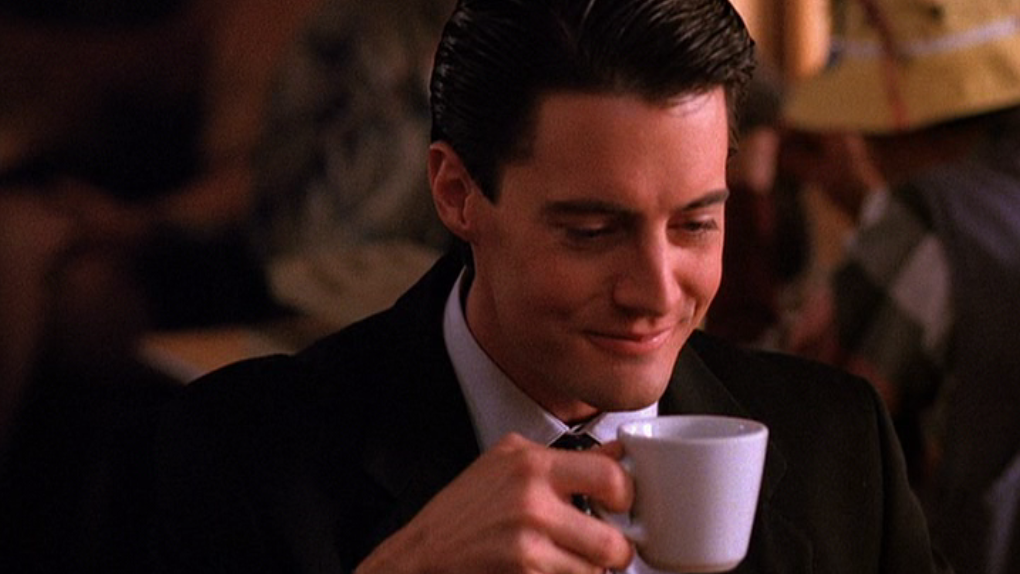 Kyle MacLachlan in Twin Peaks | Credit: ABC
Kyle MacLachlan in Twin Peaks | Credit: ABCHowever, as the season progressed, the initial buzz began to fade. While still considered a hit, the audience gradually dwindled. The turning point came when ABC pressured creators David Lynch and Mark Frost to resolve the Laura Palmer murder mystery, which was the show’s central plotline since the pilot. This decision clashed with Lynch and Frost’s vision to keep the mystery open-ended.
Lynch directed the important episode revealing the killer, which pulled in 17.2 million viewers. Unfortunately, after that, the ratings plunged, dropping to just 7.4 million viewers by the third-to-last episode (via CBR).
Despite its uneven journey, Twin Peaks remains epic. Today, it holds a solid 78% on Rotten Tomatoes and an 8.7 IMDb rating, with fans continuing to adore its ahead-of-its-time storyline and unique charm. Clearly, the show’s legacy is as strong as ever.
Why was Twin Peaks canceled?
 Kyle MacLachlan in Twin Peaks | Credit: ABC
Kyle MacLachlan in Twin Peaks | Credit: ABCTwin Peaks was unlike anything on TV at the time, cinematic, mysterious, and boldly different. It redefined what television could be, paving the way for today’s “prestige TV.” But its unique approach also became its biggest challenge. Bob Iger, then an executive at ABC, believed audiences needed closure on the central mystery: Who killed Laura Palmer? Creators David Lynch and Mark Frost had a different vision, preferring to keep the mystery open-ended.
Eventually, Lynch was overruled, and Laura’s killer was revealed midway through Season 2. This decision proved disastrous. Without the driving force of its mystery, the show lost its narrative momentum, and ratings took a nosedive. Even die-hard fans struggled with the latter half of Season 2, which felt directionless. To make matters worse, ABC moved the show to a Saturday night slot, further sinking its viewership (via Collider).
Lynch tried to rekindle interest with a dramatic and memorable Season 2 finale, which hinted at exciting new directions. While the episode was praised, it wasn’t enough to reverse the show’s fortunes. Despite public pleas from Lynch, who even shared Iger’s mailing address on live TV, ABC canceled Twin Peaks.
Even though the show ended, it was not the end of the story.
Twin Peaks made an exciting comeback
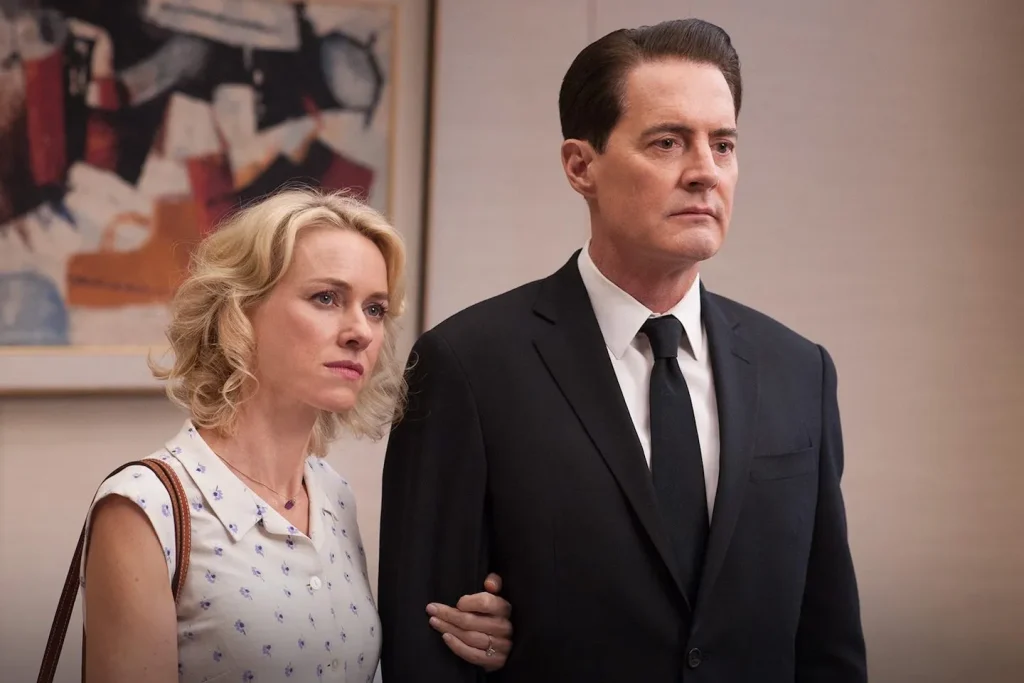 A still from Twin Peaks Season 3 | Credit: ABC
A still from Twin Peaks Season 3 | Credit: ABCTo the delight of its fans, Twin Peaks found new life after its initial cancellation. David Lynch revisited the world he created in 1992 with Twin Peaks: Fire Walk With Me. This prequel film shifted the focus entirely to Laura Palmer, exploring her life and the horrifying events leading to her death. Dark, unsettling, and emotionally raw, the film is considered one of Lynch’s most powerful works.
However, it initially struggled, with audiences finding its extreme content and confrontational tone difficult to digest. Maybe it was a reflection of Lynch’s frustration with how the original show played out. Over time, though, the movie has been reevaluated and is now thought of as a brilliant and essential piece of the Twin Peaks story.
In 2017, Twin Peaks made a triumphant return with Twin Peaks: The Return. Lynch and co-creator Mark Frost once again redefined the boundaries of television, creating a mind-bending continuation that expanded and challenged the original series’ legacy. Bold, experimental, and deeply evocative, The Return was hailed as a masterpiece, showing what can happen when creators are given the freedom to fully realize their vision.
Despite the rocky history of its second season, Twin Peaks has made its place as a timeless work of art.
Why David Lynch took a step back from season two
David Lynch, the creative mastermind behind Twin Peaks, broke many fans’ hearts when he stepped away during the show’s second season. Known for his surreal storytelling and distinctive vision, Lynch’s involvement was key to the series’ mysterious charm. His absence left a noticeable gap, and many agree the second season lacked the magic that made the show a phenomenon.
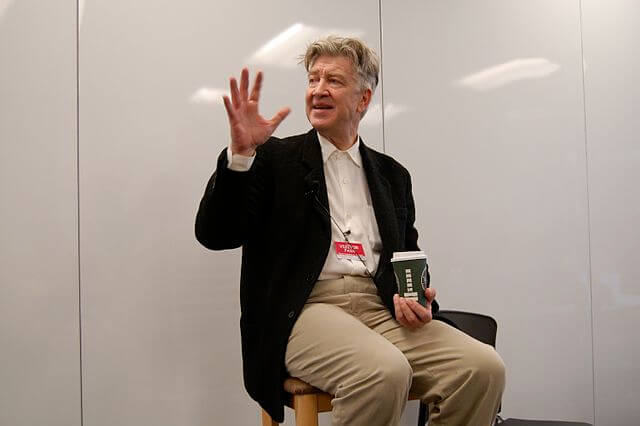 David Lynch | Credit: Aaron\Wikimedia Commons\Creative Commons Attribution 2.0
David Lynch | Credit: Aaron\Wikimedia Commons\Creative Commons Attribution 2.0According to The New York Times Lynch shared his frustration saying,
It got very stupid and goofy in the second season; it got ridiculous. I stopped watching that show because it got so bad.
He further said (via TVLine)
The pilot is the only thing I am particularly, extremely proud of. There were great moments along the way. The second season sucked.
Years later, as the spotlight returned to Twin Peaks with The Return, Lynch shared his reasons for stepping away. He felt the second season had strayed too far from his original vision. The show’s direction became increasingly inconsistent, and its quirky charm gave way to a tone that many, including Lynch, found disappointing. Fans often describe Season 2 as the most skippable part of the series, which only shows how much Lynch’s touch was missed.
Despite the creative slump of the second season, Lynch’s return brought the series back to its roots. His hands-on involvement in later projects like Twin Peaks: Fire Walk With Me and Twin Peaks: The Return rekindled the show’s brilliance.
Twin Peaks is available to stream on Amazon Prime Video.
.png)
 1 week ago
24
1 week ago
24

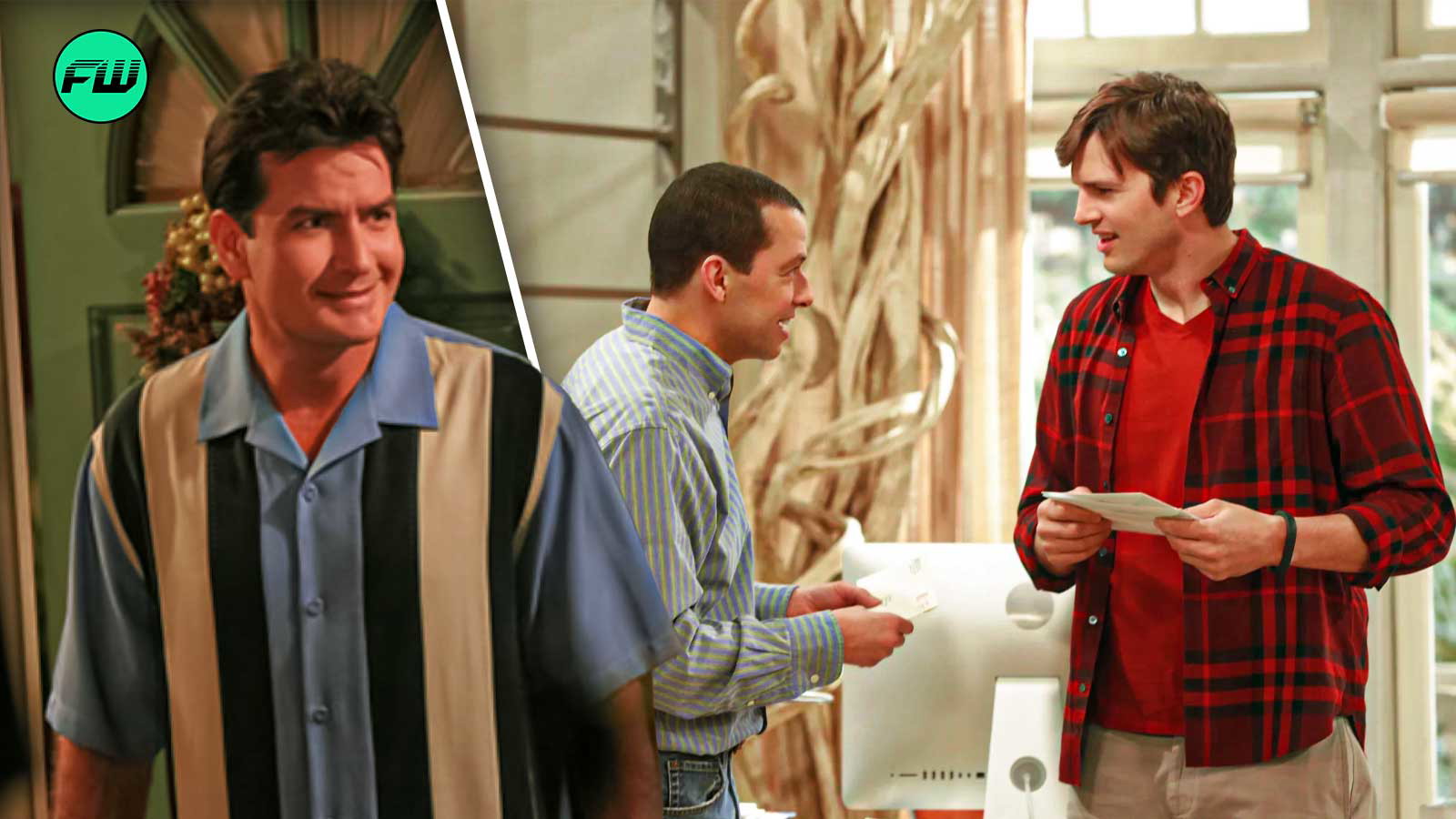
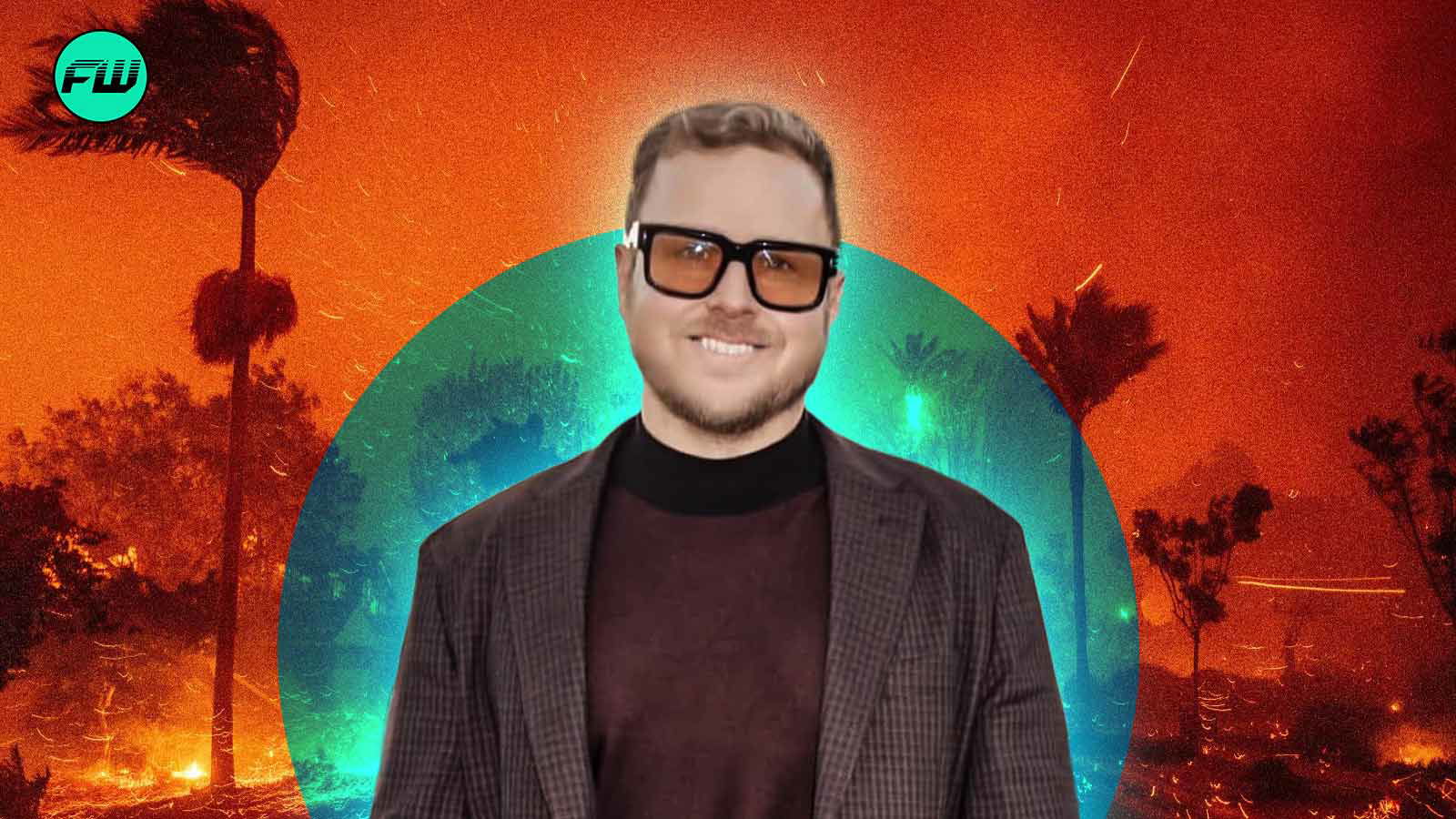
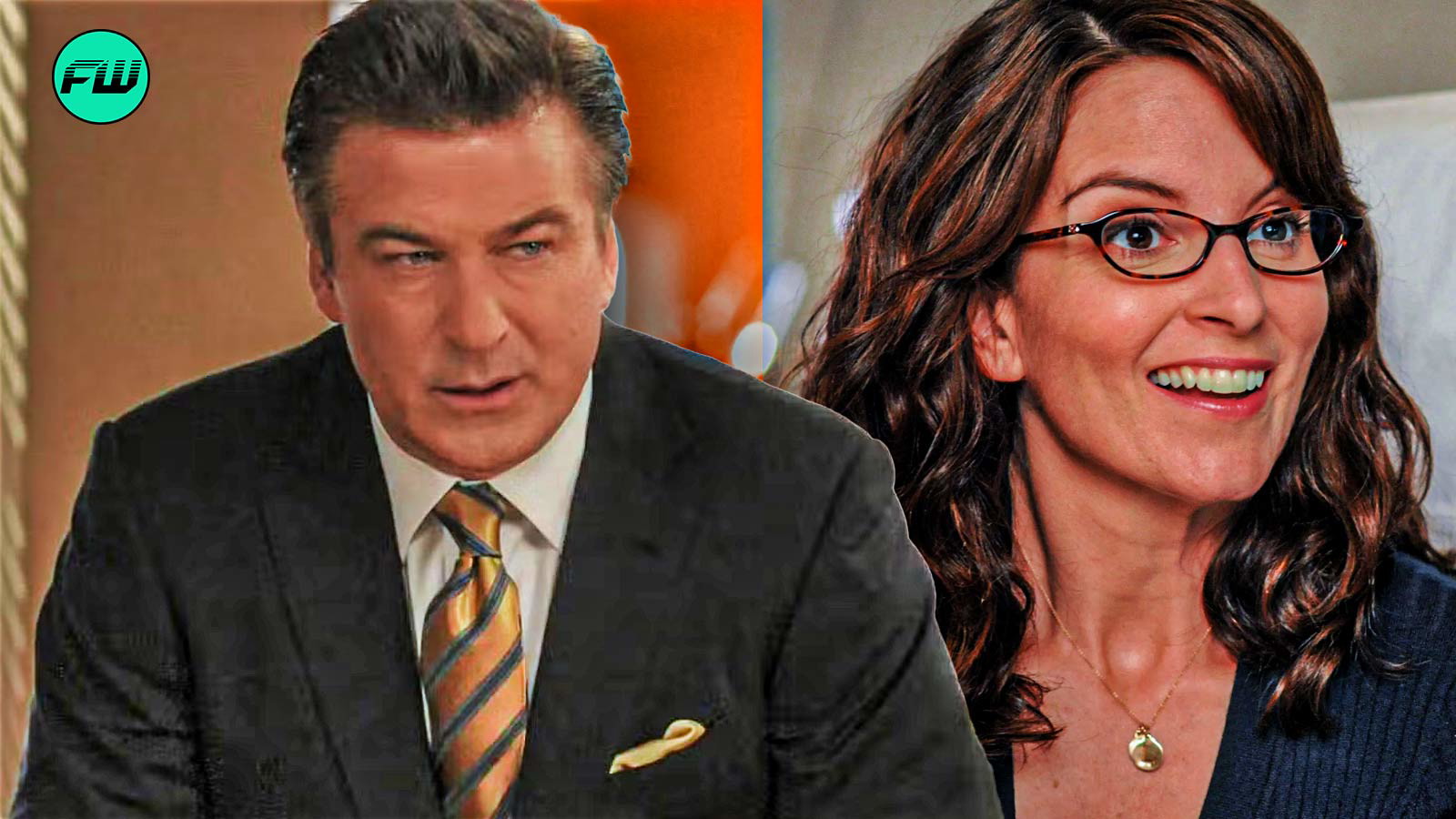
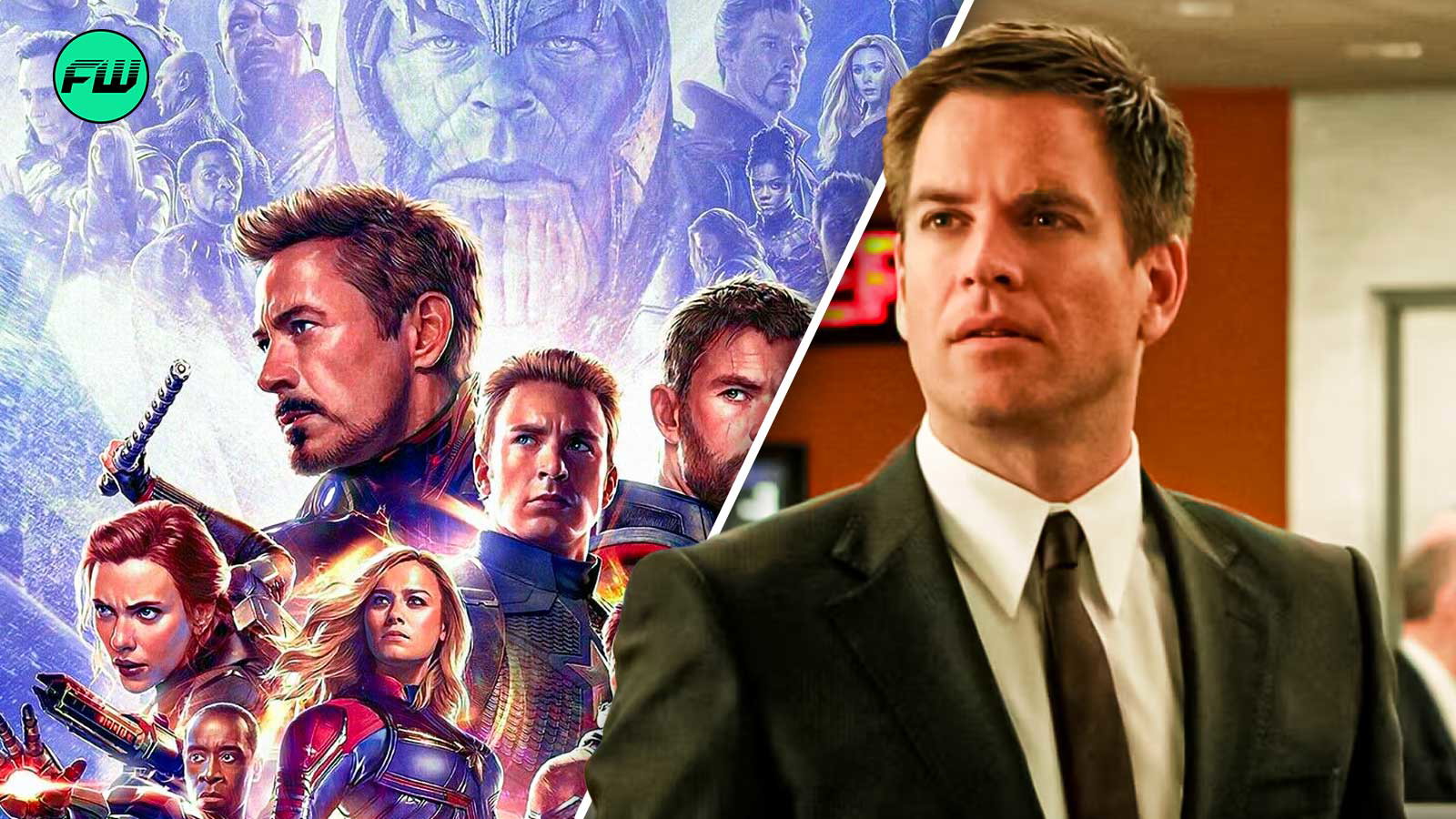
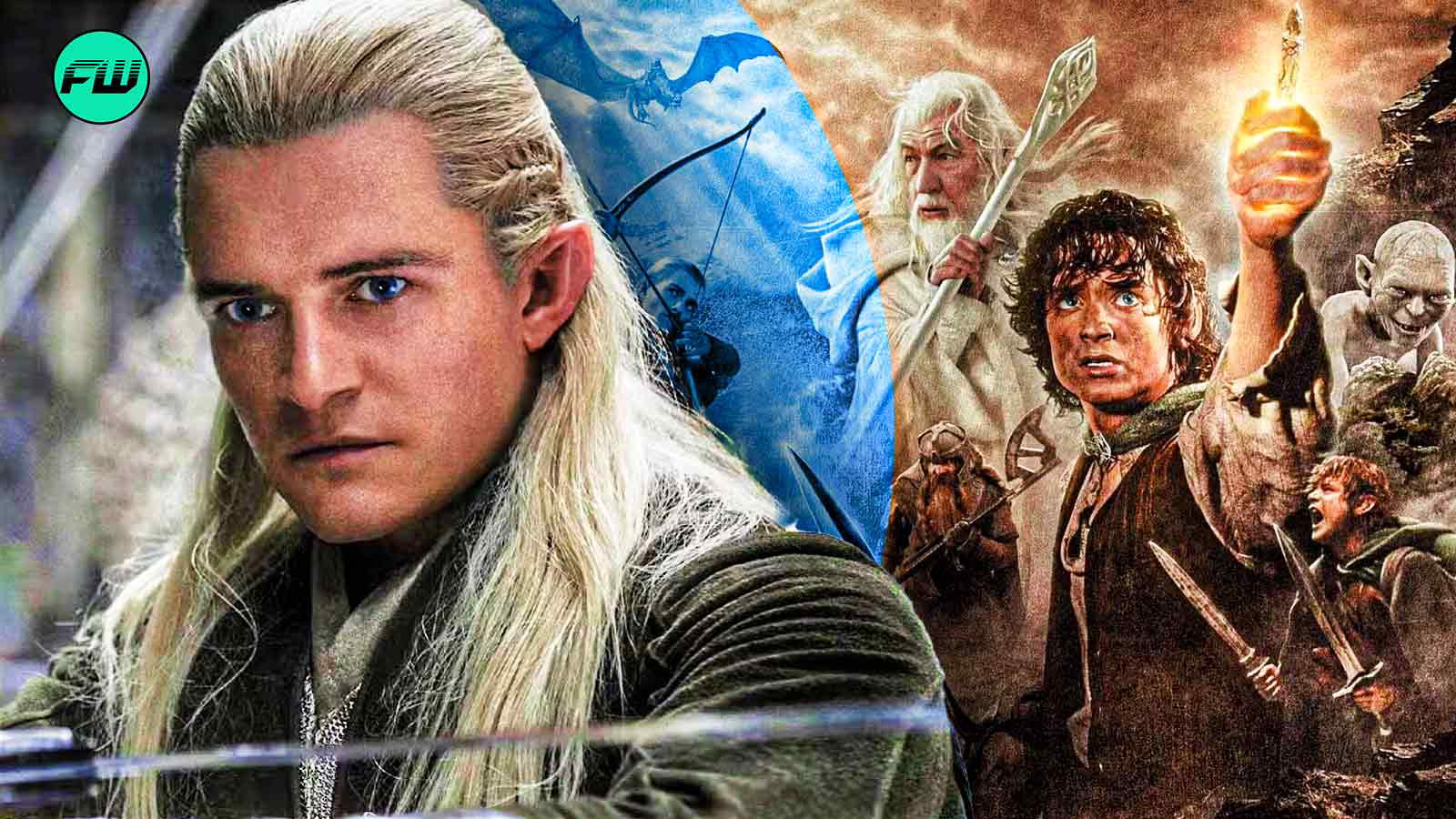

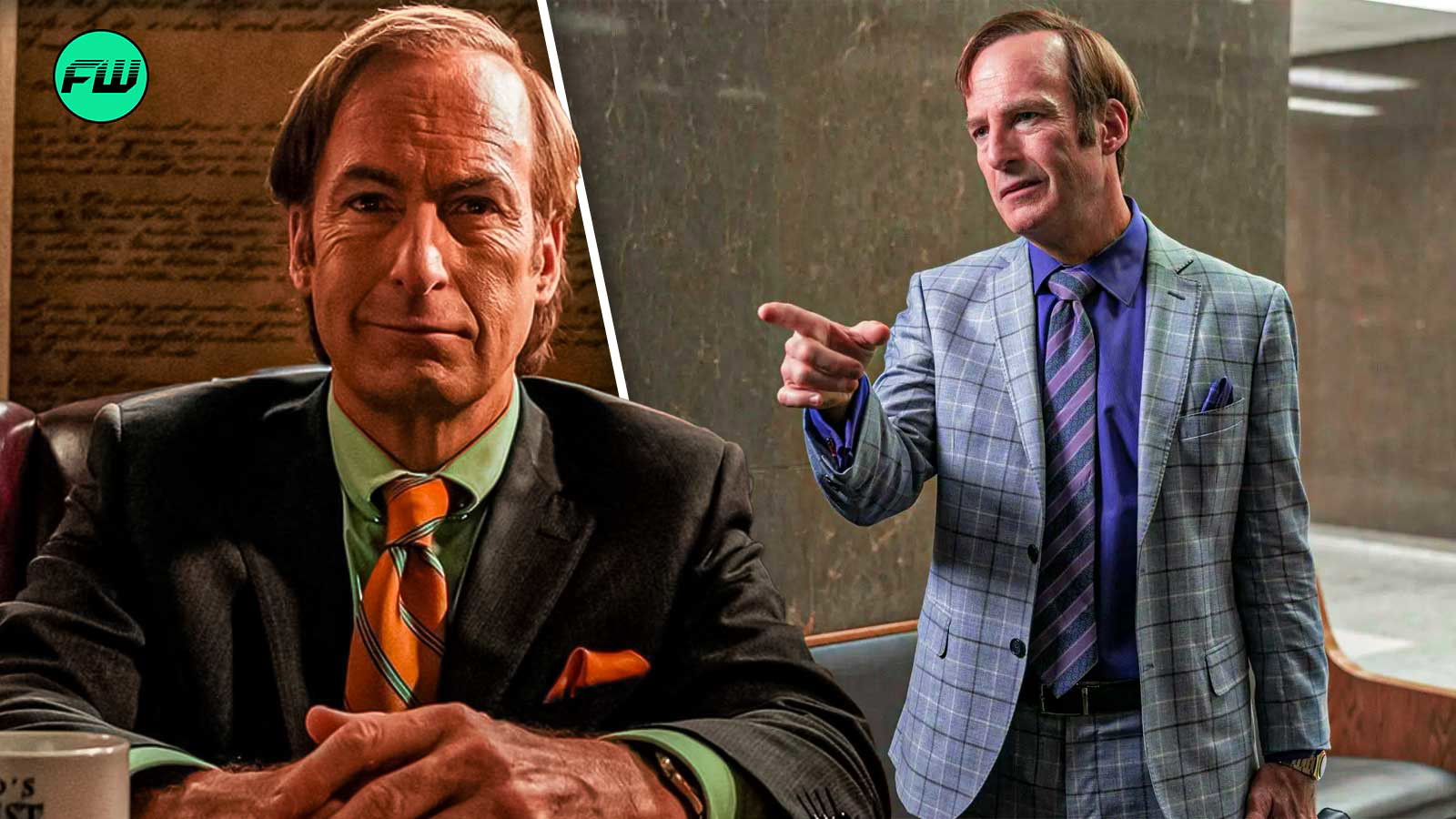
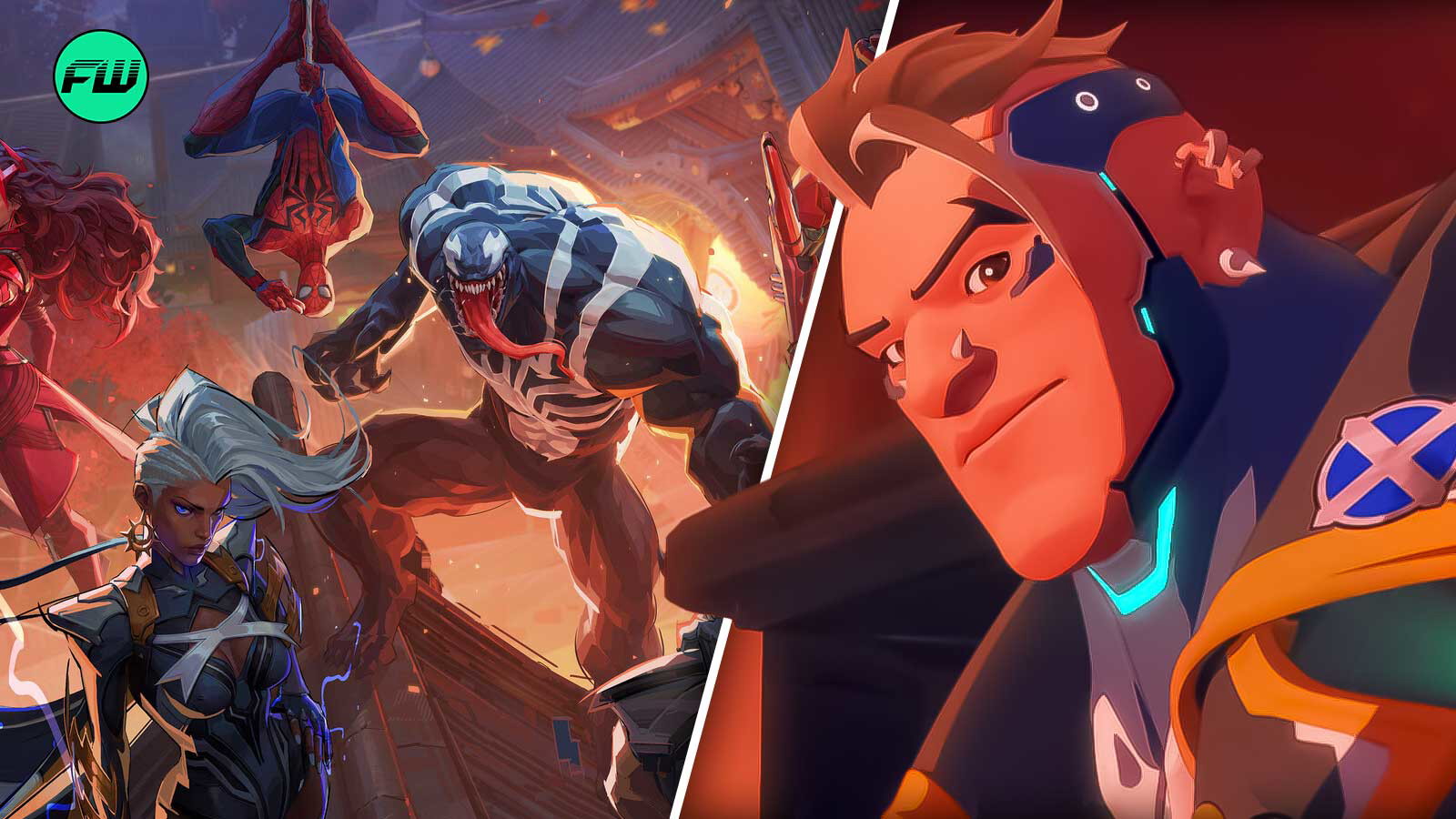

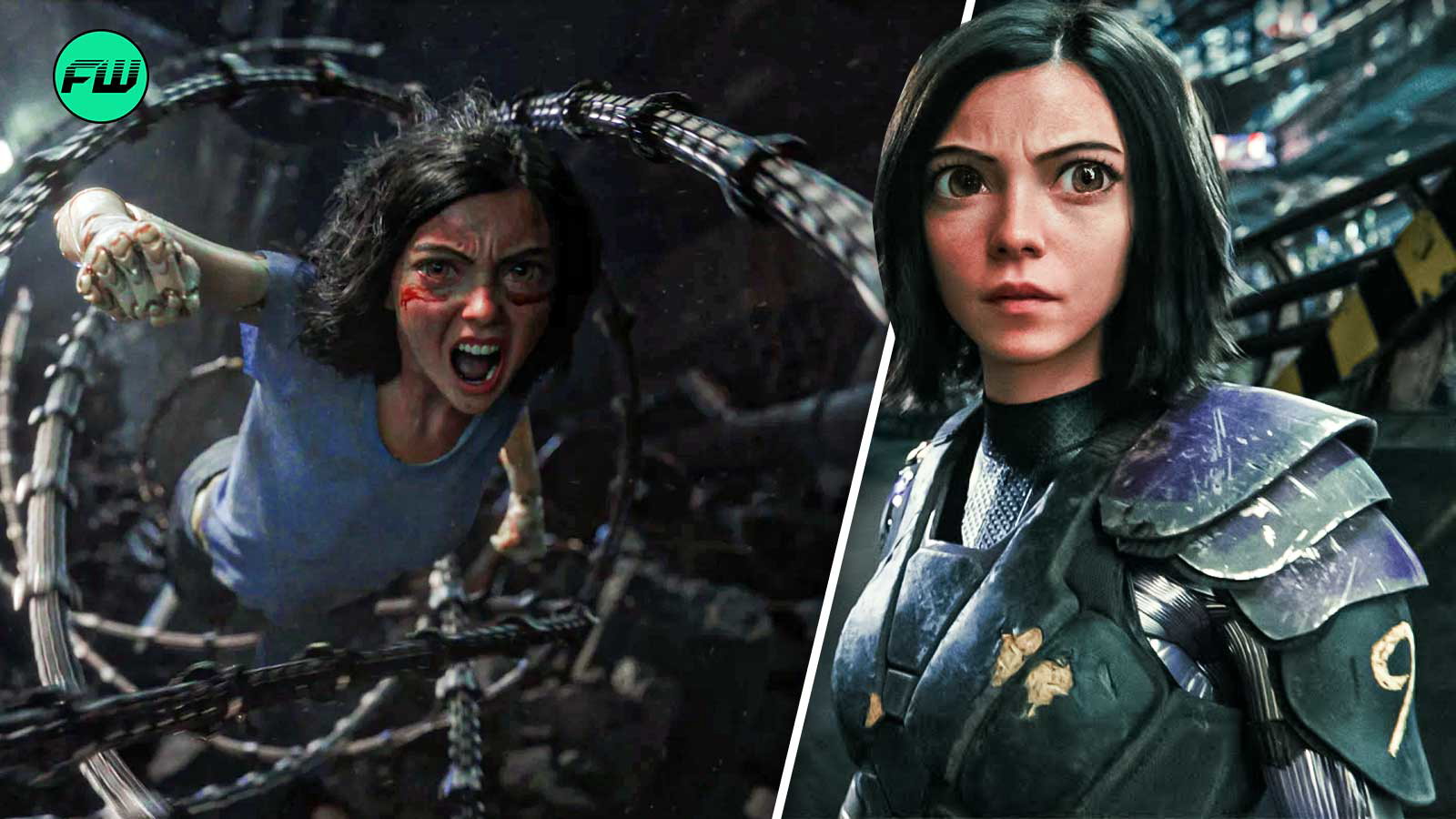























 Bengali (BD) ·
Bengali (BD) ·  English (US) ·
English (US) ·